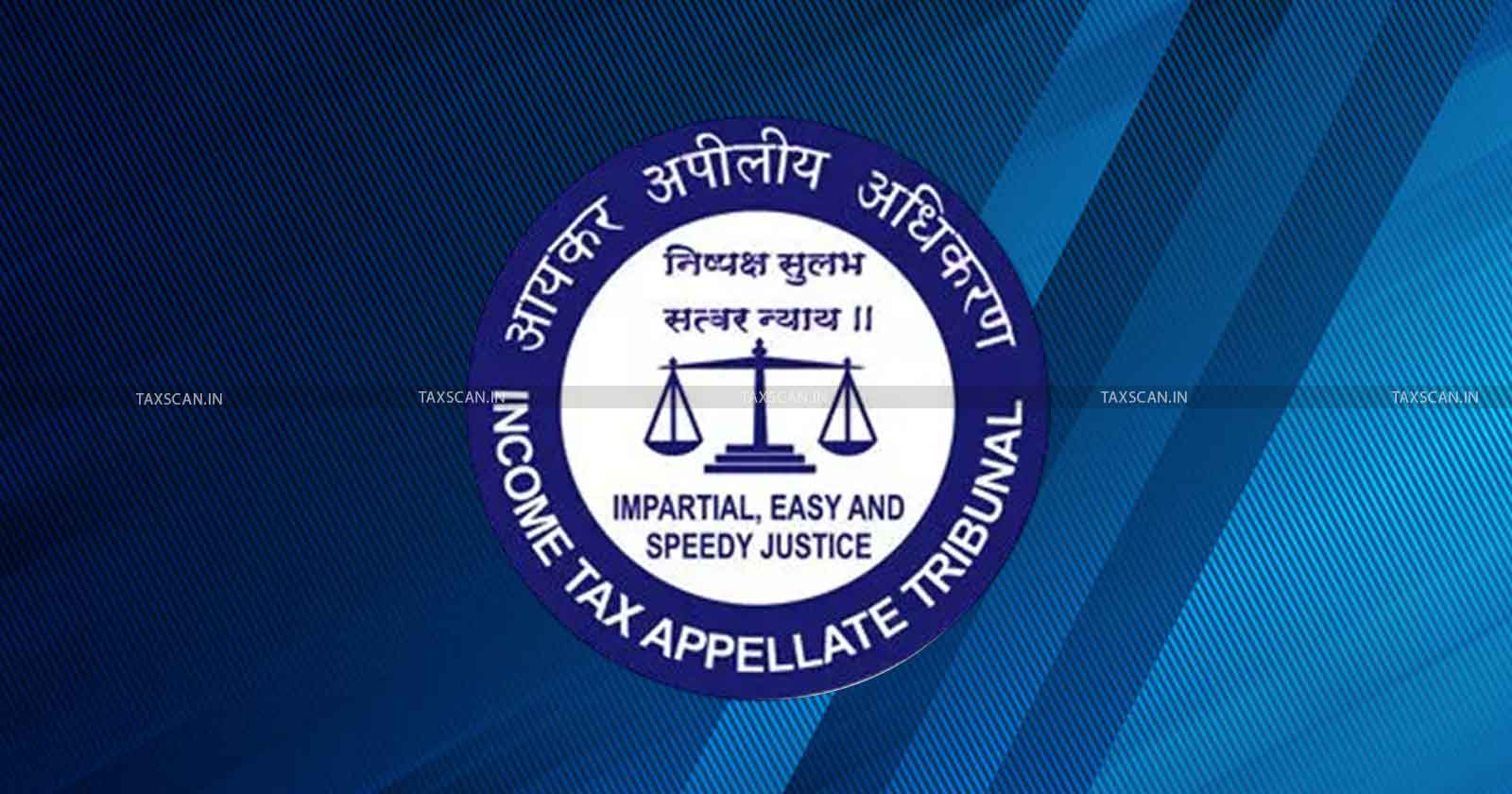ITAT Rules 10% Recorded, 90% Live Revenue Split Fair for Sports Broadcast Licensing Income [Read Order]
ITAT ruled that a 10% recorded and 90% live revenue split is fair for taxing sports broadcast licensing income.
![ITAT Rules 10% Recorded, 90% Live Revenue Split Fair for Sports Broadcast Licensing Income [Read Order] ITAT Rules 10% Recorded, 90% Live Revenue Split Fair for Sports Broadcast Licensing Income [Read Order]](https://images.taxscan.in/h-upload/2025/06/19/2050462-sports-broadcast.webp)
The Delhi bench of the Income Tax Appellate Tribunal (ITAT) partly allowed an appeal concerning the apportionment of sports broadcast licensing income, where the Assessing Officer (AO) treated the entire amount as royalty.
Trans World International LLC, a US-based company, received Rs. 2.18 crore from Indian broadcasters like Sony Pictures Networks and Taj Television for granting broadcasting rights to various sports events. The assessee treated only 5% of the receipts as royalty for recorded content and claimed the remaining 95% related to live coverage, which was not taxable as royalty.
Get a Handbook on TDS Including TCS as Amended up to Finance Act 2024, Click Here
The AO disagreed with the assessee's apportionment and treated the full amount as royalty under Section 9(1)(vi) of the Income Tax Act. The AO argued that the agreements involved several rights, such as use of highlights, logos, and promotional materials, that were tied to recorded content and could not be ignored. According to the AO, the 5% allocation to recorded content was too low and did not reflect the full scope of rights included in the contracts.
On appeal, the Commissioner of Income Tax (Appeals) [CIT(A)] upheld the AO’s view. The assessee approached the ITAT, arguing that the value of live sports broadcasts was significantly higher due to higher viewership and advertisement revenue. The assessee’s counsel also argued that similar apportionment had been accepted by the department in earlier years and relied on industry contracts showing a 95:5 live-to-recorded split.
 Also Read:Taxability of Employee Leave Encashment from Govt and Non-Govt Depts must be Examined Separately: ITAT [Read Order]
Also Read:Taxability of Employee Leave Encashment from Govt and Non-Govt Depts must be Examined Separately: ITAT [Read Order]
How to Compute Income from Salary with Tax Planning, Click Here
The two-member bench comprising Brajesh Kumar Singh (Accountant Member) and Vikas Awasthy (Judicial Member) considered arguments from both sides and examined the agreements. The tribunal observed that while live content had greater commercial value, a 5% allocation for recorded content was not sufficient, considering the other rights bundled with the agreements.
The tribunal explained that recorded content, such as highlights and replays, still holds value and contributes to overall viewership. The tribunal held that a 10% recorded and 90% live revenue split would be more reasonable.
The tribunal directed the AO to apply this revised split while computing royalty income and allowed the appeal for statistical purposes.
Support our journalism by subscribing to Taxscanpremium. Follow us on Telegram for quick updates



